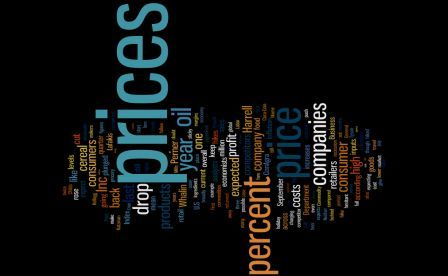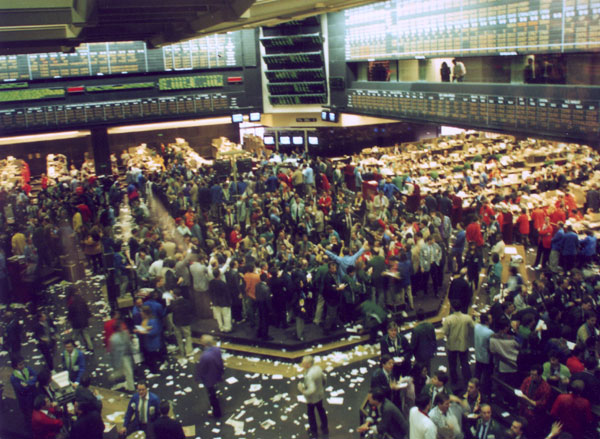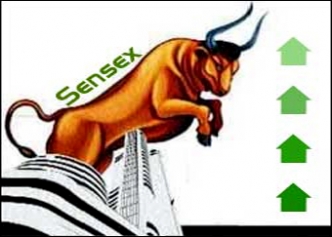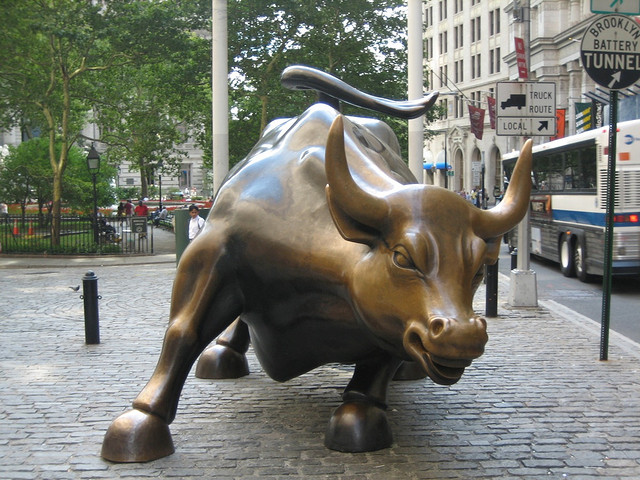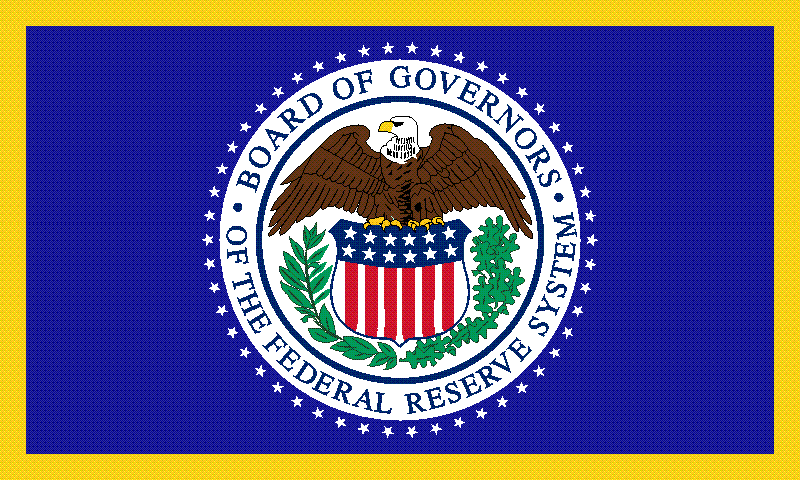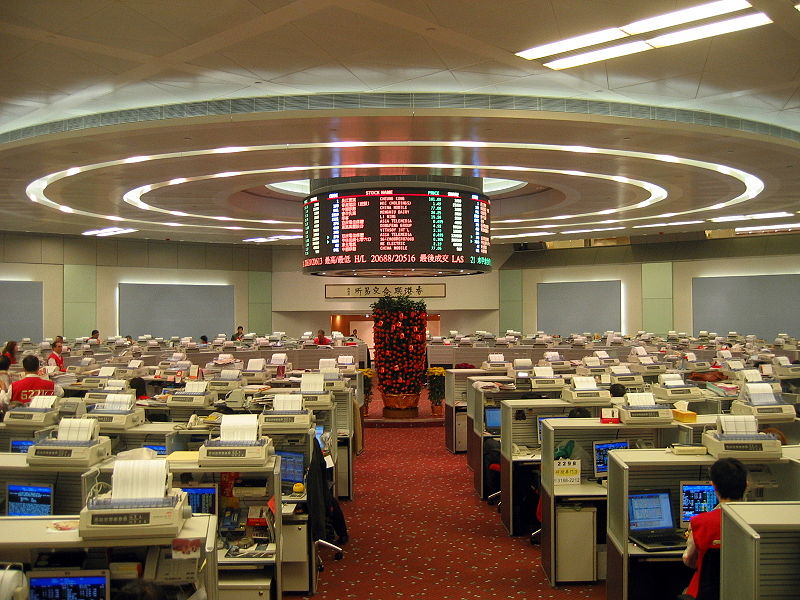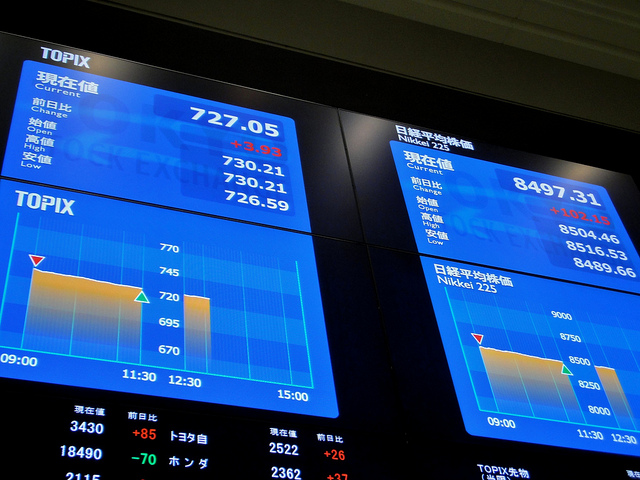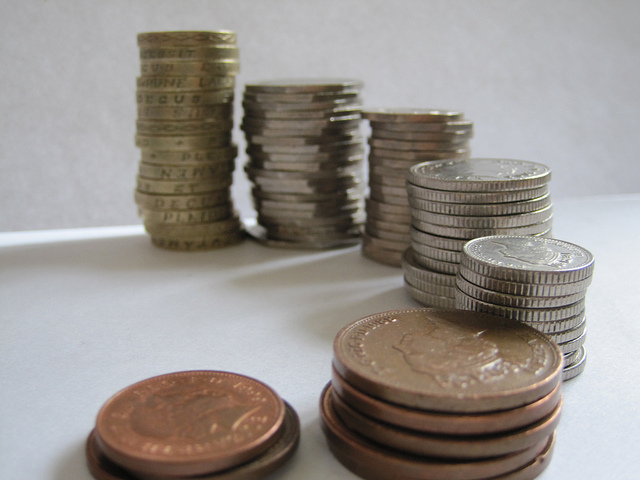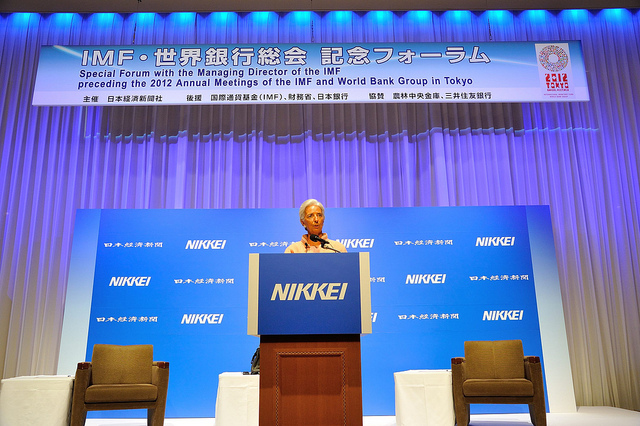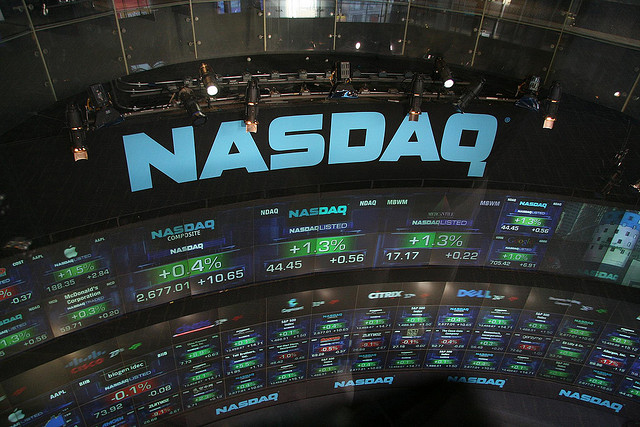Benchmark indices hit record highs as stocks rallied yesterday, while Treasuries slipped, after the Federal Reserved announced it had gained sufficient confidence in the job market to begin tapering, promising to keep interest rates low. Both the U.S. dollar and commodities gained on the market.
The Standard & Poor’s 500 Index (SPX) climbed 1.7 percent, its biggest advance in 8 weeks, and the Dow Jones Average (INDU) surged 292.71 points. The U.S. equity volatility benchmark gauge lost the most since October. The dollar skyrocketed to a five-year high against the yen and gained against most of its major peers.
Equities have been taking hits on all sides since May, when Bernanke announce that a tapering programmed would likely start this year. The S&P 500 plunged 5.8 percent in the period from 21st May through 24th June. After the Fed shocked the markets with its decision not to taper in September, the index regained lost points and set new highs.
The index had lost 1.5 percent from its last record reached on 9th December, on the speculation that improving U.S. economic data would prove sufficient for tapering to begin. The S&P has climbed a total of 27 percent this year, the mist since a 1997 surge of 31 percent.




